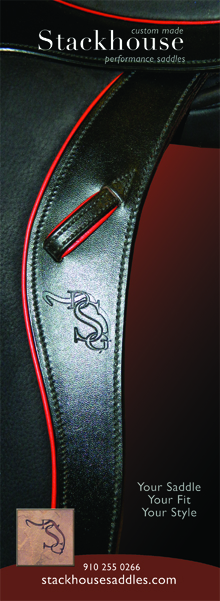Search the Site
Guest Blog post # 49: "More Classical Baggage" by Bill Woods

Here’s a post I stole off one of the ubiquitous Classical Dressage message board on Facebook: My young horse was trotting nicely, enthusiastically on a chilly winter day. Suddenly he dropped a shoulder and started bucking. What should I have done?
Well, given where the question was displayed, can you guess what readers offered as answers?
Prominent were endless suggestions like:
“Place him in shoulder fore.”
“Soften your horse around your inside seatbone, and with a gentle pulsing of your inner calf, press him into the outside rein.”
“Use your diagonal aids to keep him up off his shoulder and engage his hindquarters.
(Ad infinitum)
Then came the more general observations:
“Clearly this horse is being disobedient and should be reschooled to accept the basic aids without resistance.”
“The horse needs to be lunged, not ridden.”
“All riding problems must be solved by riding forward.”
And finally the indignant opinions:
“I would first check this horse for physical discomfort. Is the saddle fitted improperly? Should his teeth be floated? Does he have pain in his back?”
“You must establish a bond with him based on trust."
Not to be a bad sport, but all this sounded totally crazy to me. Like Do these people inhabit the real world? With regard to the first set of solutions, while it’s true that the best way to keep your horse interested and occupied is to proactively keep him on the aids, by the time his antics began, it was a little too late to solve them with shoulder fore or “better half halts.”
As for the general criticisms, they may be true, but again, it’s a bit late for the rider to act on those conclusions—at least not until she’s back under control! Also, it IS always worth checking for pain-related causes for inexplicable behaviors, particularly if they repeat themselves with pattern you can discern. But, really, this could equally be just young horse behavior, and if you’re not ready to or don’t know how to deal with it, you probably shouldn’t be riding that horse in the first place.
It’s an undeniable truth—horses are large, strong, and ultimately somewhat unknowable. You can think you understand your horse perfectly, that he’ll never ______. (fill in the blank as you like), but there are many great riders who’ve been caught in an unguarded moment and gotten themselves hurt. At a recent mini Judges Forum, all 20 of the participants admitted to at least one set of broken bones from their horse interactions over the years. All 20!
As for what the woman who put up the original post should have done . . . Unfortunately, if she had to think about it, it was too late. This is where you need to pre-establish your reactions, practice techniques that aren’t necessarily in the dressage manuals, and make them be reflexes. Recently, a woman I was teaching got run off with by her horse. She was unhurt but did come to an undignified end in the dirt. Later I showed her how to use a pulley rein, sit into the horse and DEMAND a stop. She said to me, “Oh, I learned that back in 4-H, but I didn’t think I needed it anymore!”
I could only sigh inwardly. If your horse is bolting or bucking, all bets are off, and you shouldn’t worry about appearing unclassical. Save your life! Stop the damn horse! You can apologize to him or your armchair critics later. I say this with mild reservations about being misunderstood, but if your solution inflicts some short term pain on your horse in order to get his mind back with you, that’s just too bad. He’ll get over it soon enough, quite possibly before you will, but you’ll both have a long future to make up for it.






